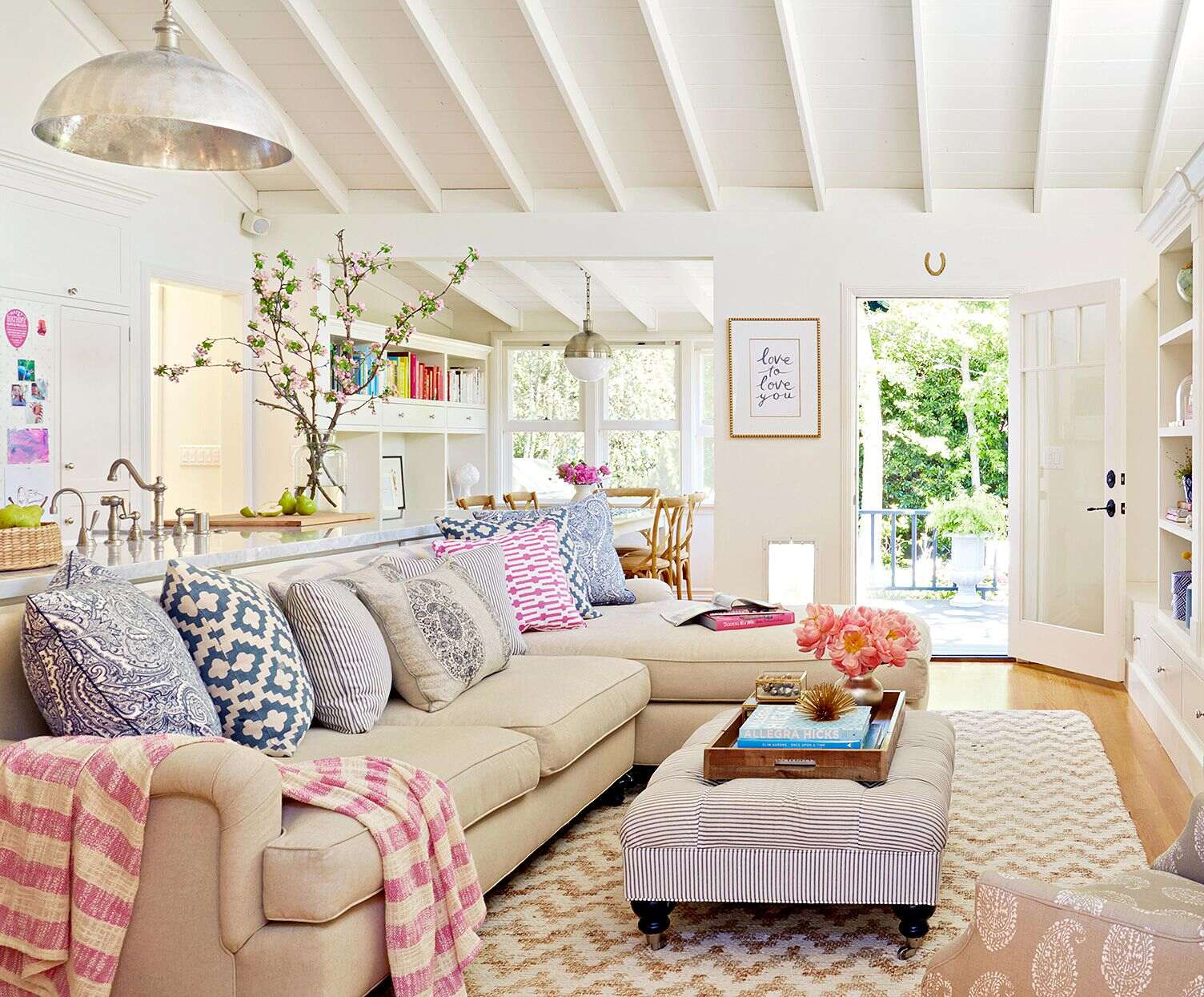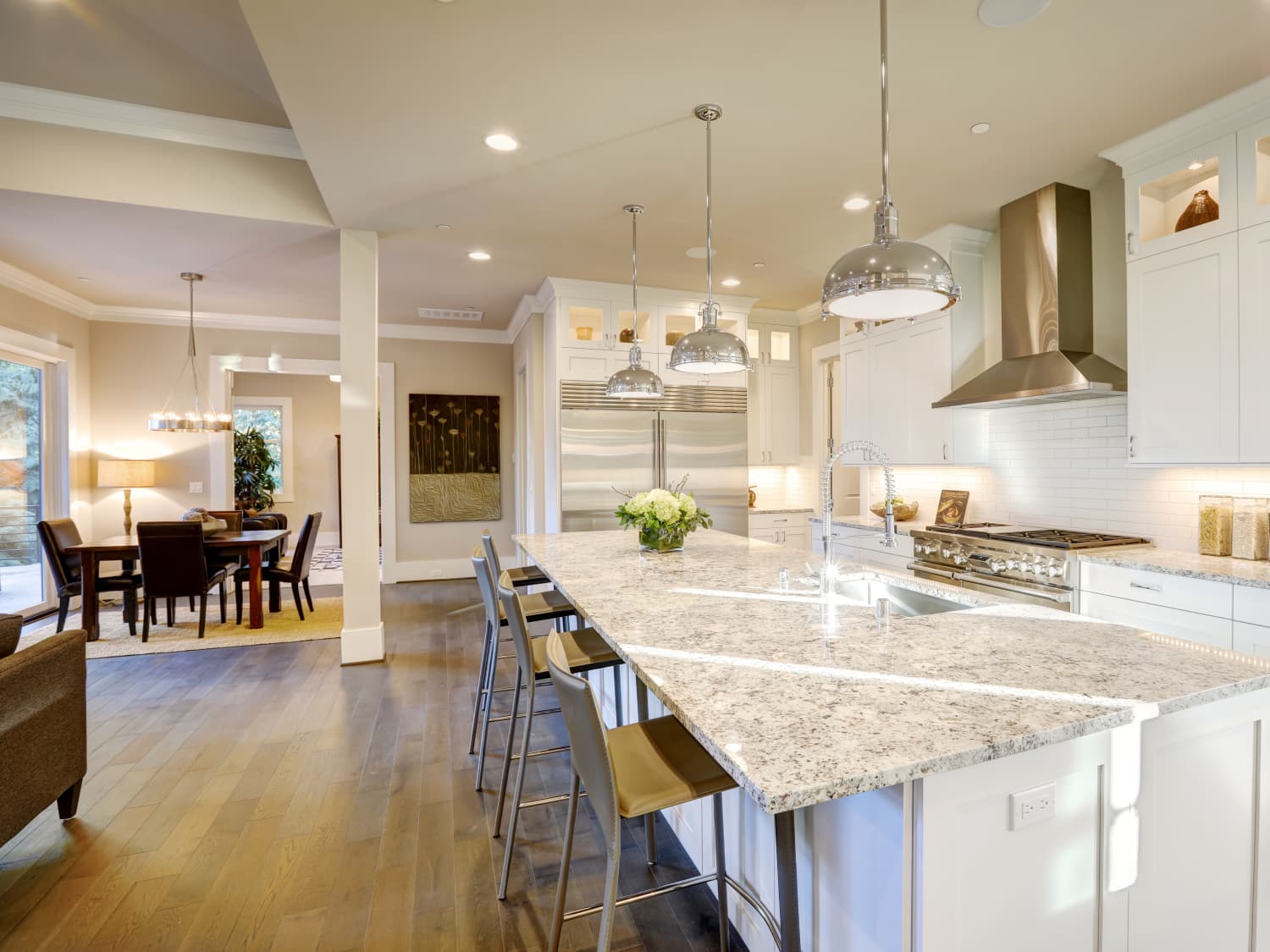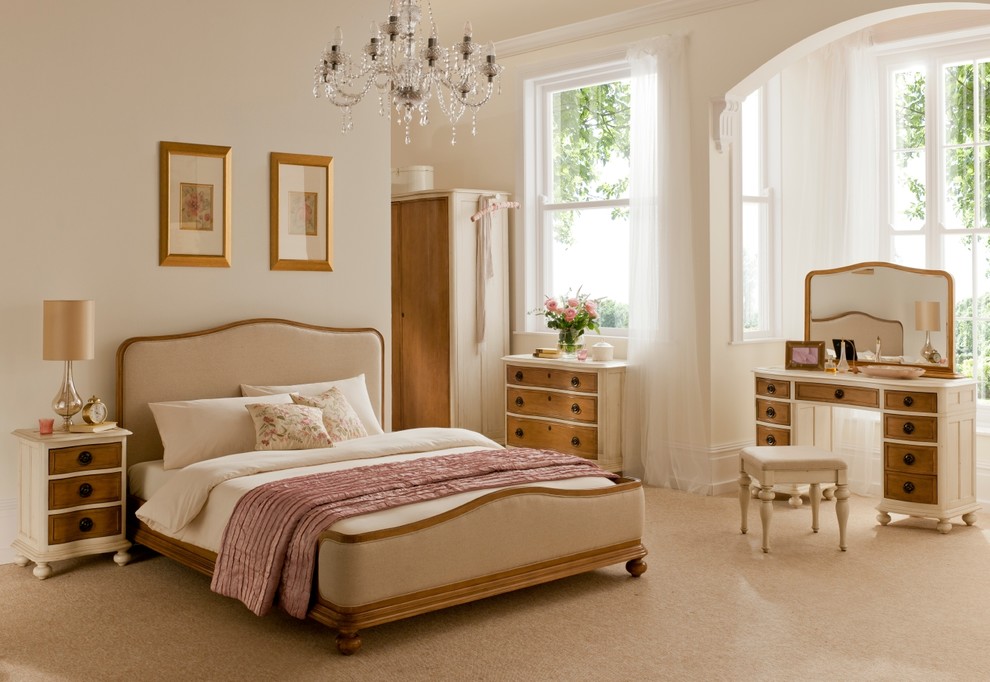A sideboard is a versatile piece of furniture that can add both style and functionality to your living room layout. This long, low piece of furniture typically features a flat top surface and storage compartments, making it perfect for storing and displaying items in your living room. Whether you have a small or large living room, incorporating a sideboard can enhance the overall design and aesthetics of your space.Sideboard in Living Room Layout
If you're looking to include a sideboard in your living room layout, there are many creative ways to do so. One idea is to use it as a TV stand, placing your television on top and using the storage compartments to store your media devices and accessories. This not only adds a functional element to your living room, but it also creates a sleek and streamlined look. Another idea is to use a sideboard as a display space for your favorite decorative items, such as vases, candles, and photo frames. This can add a personal touch to your living room and make it feel more inviting and homey. You can also use the top surface of the sideboard to showcase artwork or a statement piece, making it a focal point in the room.Living Room Sideboard Ideas
Incorporating a sideboard into your living room layout is easier than you may think. The key is to find the right spot for it and make sure it complements the rest of your furniture and decor. One popular placement option is against a wall, either centered or off to the side. This can create a balanced and symmetrical look, especially if you have other furniture pieces on either side of it. You can also place a sideboard behind your sofa to break up the space and add some visual interest. This is a great option for open concept living rooms or larger spaces where you want to create different zones. Additionally, you can use a sideboard as a room divider, separating your living room from a dining area or entryway.How to Incorporate a Sideboard in Your Living Room
When deciding on the placement of your sideboard in your living room, consider its size and the layout of the room. You want to make sure it doesn't overwhelm the space or block any walkways. It's also important to consider the height of the sideboard in relation to your other furniture pieces. You don't want it to be too tall or too short compared to your sofa or chairs. Another factor to consider is the style and design of your sideboard. If you have a modern or minimalist living room, opt for a sleek and simple sideboard. For a more traditional or rustic space, a wooden sideboard with intricate details can add warmth and character. Ultimately, the placement of your sideboard should complement the overall design and flow of your living room.Sideboard Placement in Living Room
A sideboard can be more than just a functional piece of furniture; it can also serve as a focal point in your living room. By styling the top surface with eye-catching items and incorporating it into your overall decor, you can make your sideboard the star of the room. Consider using a statement piece, such as a large mirror or piece of artwork, above the sideboard to draw the eye and create a sense of balance. You can also use a sideboard to tie in different design elements in your living room. For example, if you have a color scheme of blue and white, you can use a blue vase or white candles on your sideboard to bring those colors into the space. This will create a cohesive and visually appealing look.Using a Sideboard as a Focal Point in Your Living Room
One of the biggest benefits of incorporating a sideboard into your living room layout is the added storage space. This can be especially useful in smaller living rooms where you may not have a lot of extra room for storage. A sideboard can be used to store items such as extra blankets and pillows, board games, or even books. You can also use the storage compartments to keep your living room clutter-free. By storing items in the sideboard, you can keep your space looking clean and organized. Additionally, using a sideboard with drawers can be a great way to hide away items that you don't want on display, such as remotes or charging cords.Maximizing Space with a Sideboard in Your Living Room
If you want to create a cozy and inviting living room, incorporating a sideboard can help achieve that look. Choose a sideboard with warm wood tones or add some soft lighting on top to create a cozy atmosphere. You can also display items such as candles or plants to add a touch of nature to your space. In terms of styling, opt for a mix of textures and heights on your sideboard to add visual interest. For example, you can place a tall vase next to a stack of books and a small sculpture. You can also layer different items, such as a tray or runner, to add depth and dimension to your sideboard styling.Sideboard Styling for a Cozy Living Room
Balance is key when it comes to designing a living room layout, and incorporating a sideboard can help achieve that. As mentioned before, placing a sideboard against a wall or behind a sofa can create a balanced look. You can also pair a sideboard with a larger piece of furniture, such as a bookshelf or media console, to create a sense of symmetry. In terms of styling, balance can also be achieved by using a mix of colors and shapes. For example, if you have a round coffee table, consider using more angular or rectangular items on your sideboard to create contrast and balance out the space.Creating Balance with a Sideboard in Your Living Room
If you have a small living room, incorporating a sideboard can be a game-changer. Not only does it add extra storage space, but it can also serve as a functional piece of furniture. For example, a sideboard can double as a bar cart or a place to store extra serving dishes for when you have guests over. When it comes to styling a sideboard in a small living room, less is more. Stick to a few key pieces, such as a vase, tray, and a few books, to avoid overcrowding the space. You can also use the top surface as a place to display items that you use frequently, such as coasters or a small succulent.Sideboard as Storage in a Small Living Room
Open concept living rooms are known for their flow and seamless design, and incorporating a sideboard can help maintain that flow. When choosing a sideboard for an open concept space, consider the overall design and color scheme of your living area. You want the sideboard to complement the rest of the space and not stand out too much. One way to incorporate a sideboard into an open concept living room is to use it as a divider between your living and dining areas. This can help define the separate spaces while still maintaining an open and connected feel. You can also use a sideboard to tie in different design elements, such as using the same wood tone as your dining table or chairs.Incorporating a Sideboard into an Open Concept Living Room
Maximizing Storage and Functionality with a Sideboard in Your Living Room Layout

Efficient Use of Space
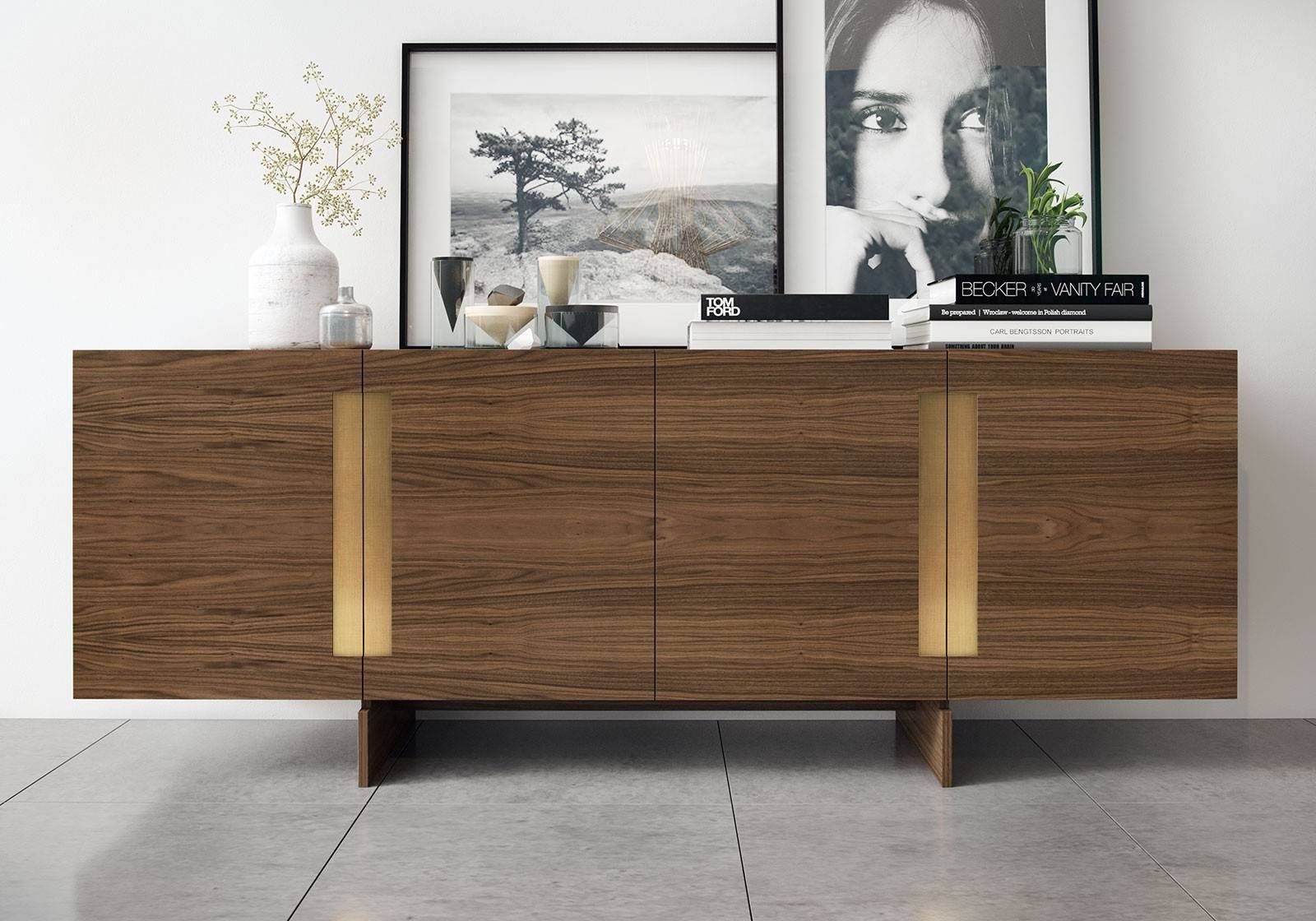
When it comes to designing your living room, it's important to consider both style and functionality. Adding a sideboard to your living room layout can serve as a practical and stylish solution for maximizing storage and enhancing the overall design of your space. This versatile piece of furniture offers a variety of benefits that can elevate your living room's functionality and aesthetic appeal.
Ample Storage Options
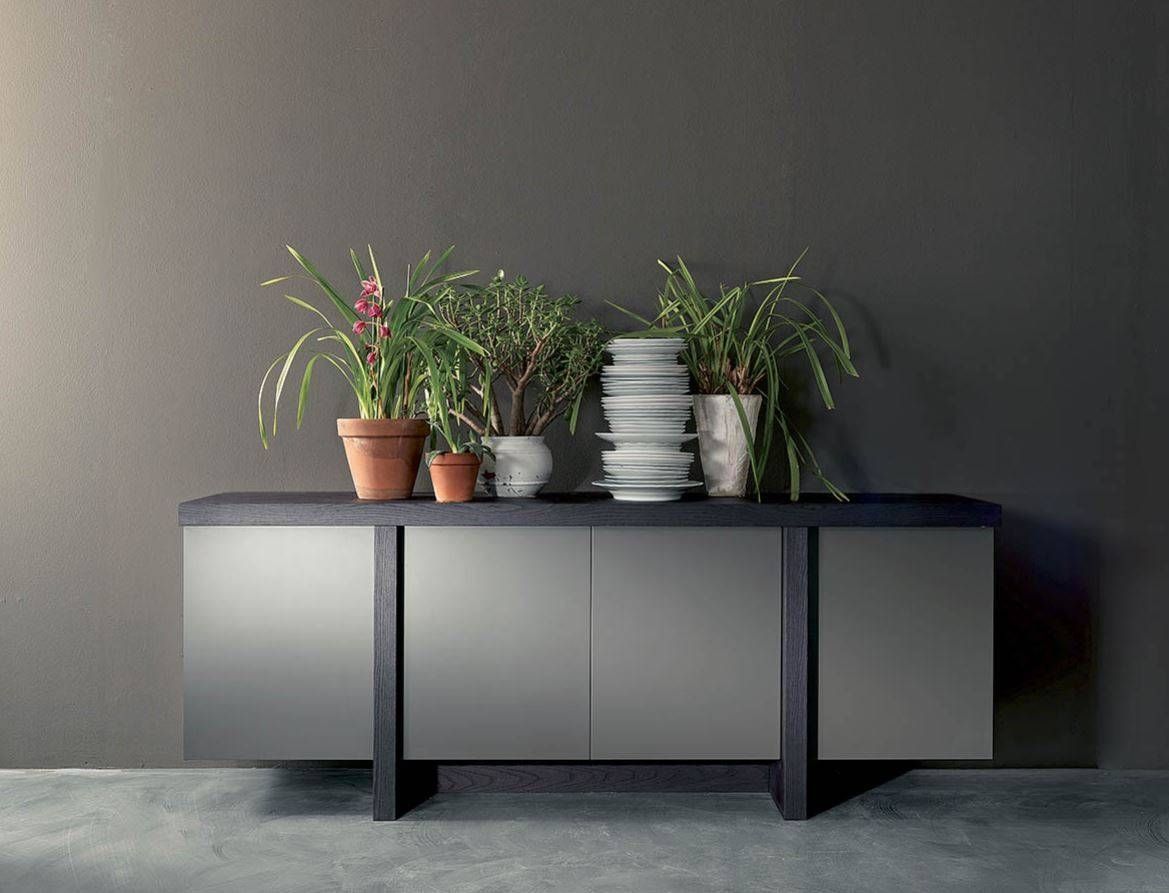
A sideboard, also known as a buffet table, is a long and low piece of furniture that usually sits against a wall. It typically features a combination of drawers, shelves, and cabinets, providing ample storage space for various items. Including a sideboard in your living room layout can help you organize and declutter your space by storing items such as extra dinnerware, linens, and even media equipment. This not only keeps your living room tidy but also makes items easily accessible for daily use.
Stylish Design Element
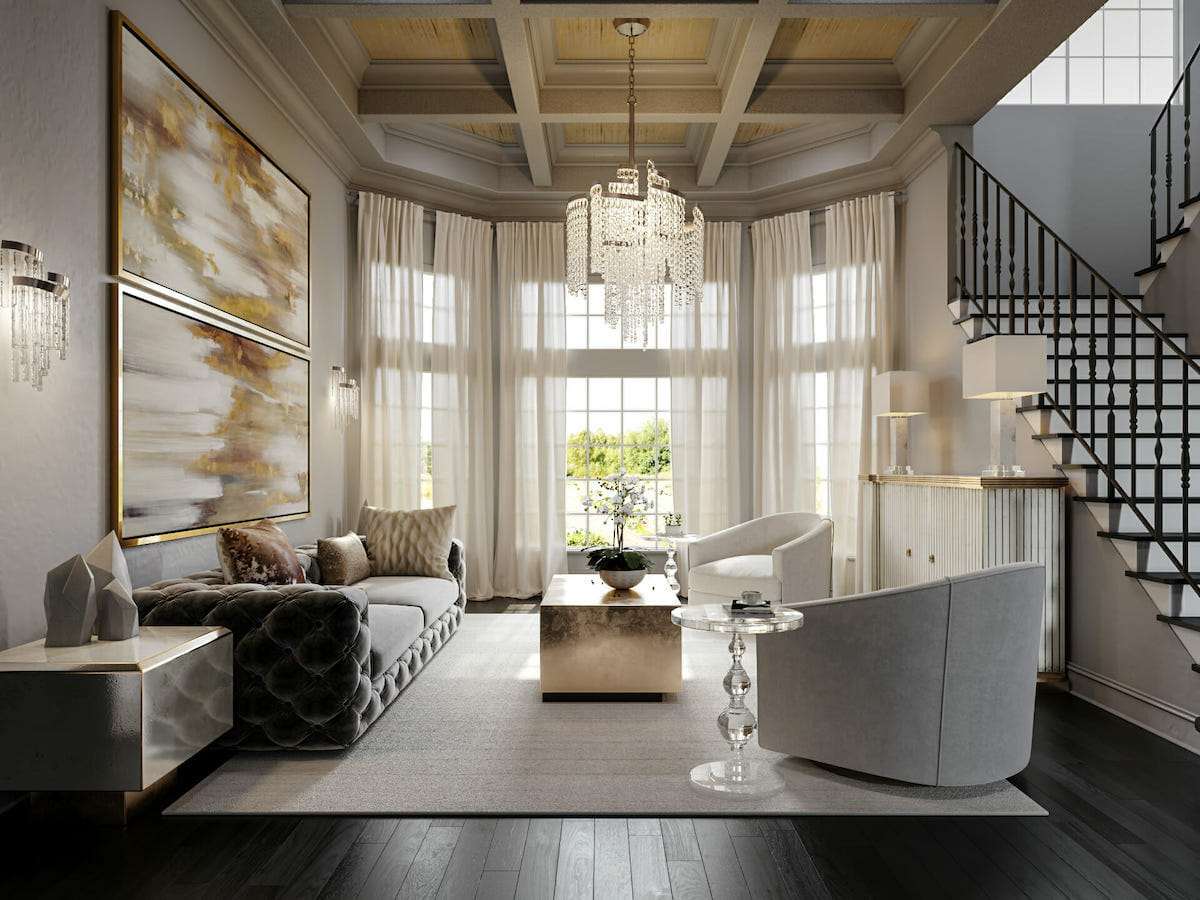
In addition to its practical benefits, a sideboard can also serve as a stylish design element in your living room. Available in a variety of shapes, sizes, and styles, this piece of furniture can add a touch of elegance and sophistication to your space. Whether you prefer a traditional, rustic, or modern look, there is a sideboard that can complement your living room's overall design and create a cohesive aesthetic.
Multi-functional Use

A sideboard is not limited to just storage and style. This versatile piece of furniture can also serve a variety of functional purposes in your living room. It can act as a serving station for food and drinks during gatherings, a display area for decorative items, or even a makeshift bar for entertaining guests. Including a sideboard in your living room layout allows for flexibility in its use and can adapt to different occasions and needs.
Conclusion

Incorporating a sideboard into your living room layout is a smart and practical design choice. It offers an efficient use of space , ample storage options , stylish design element , and multi-functional use , making it a valuable addition to any living room. Consider investing in a sideboard to elevate your living room's functionality and design, creating a space that is both beautiful and functional.



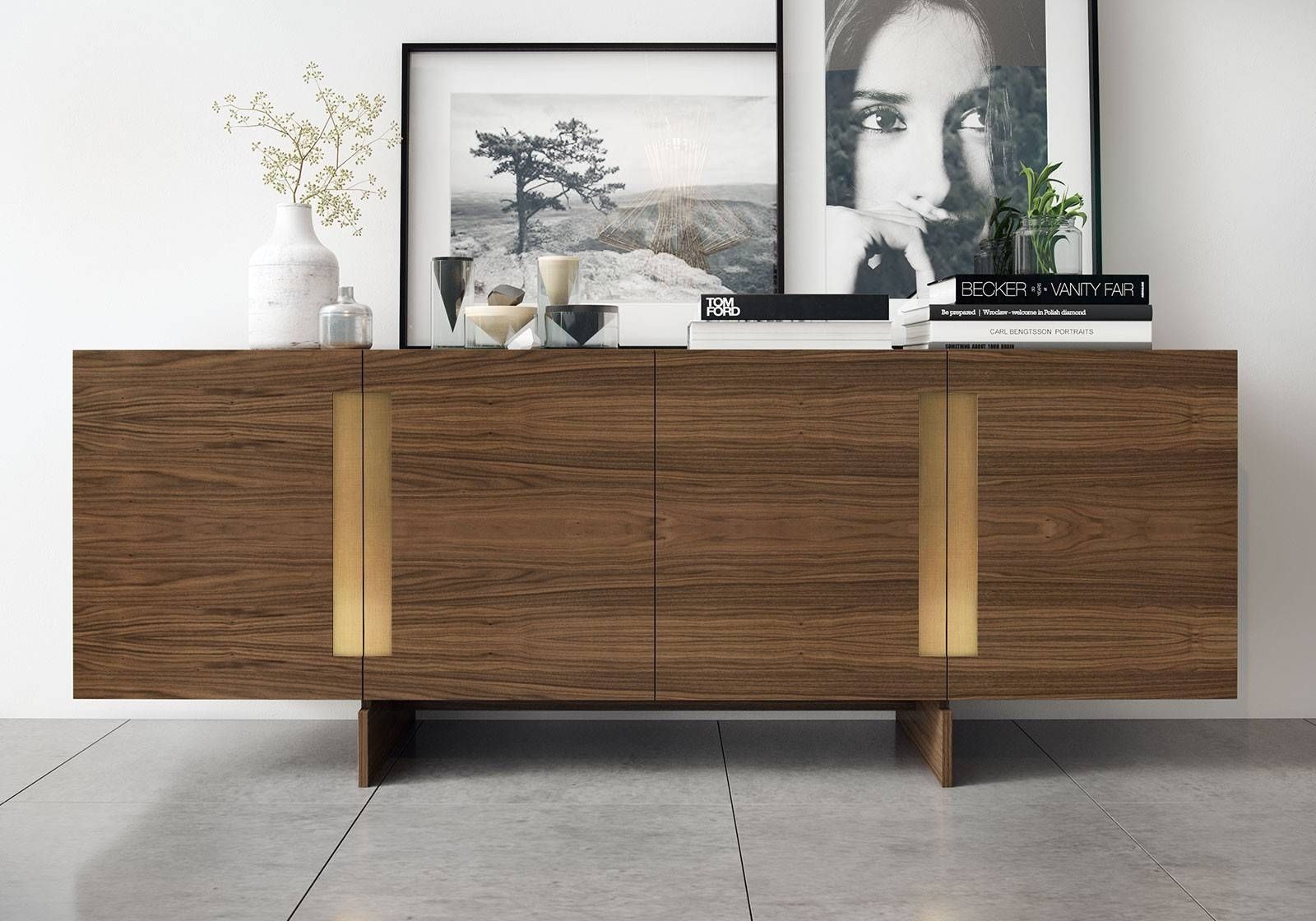







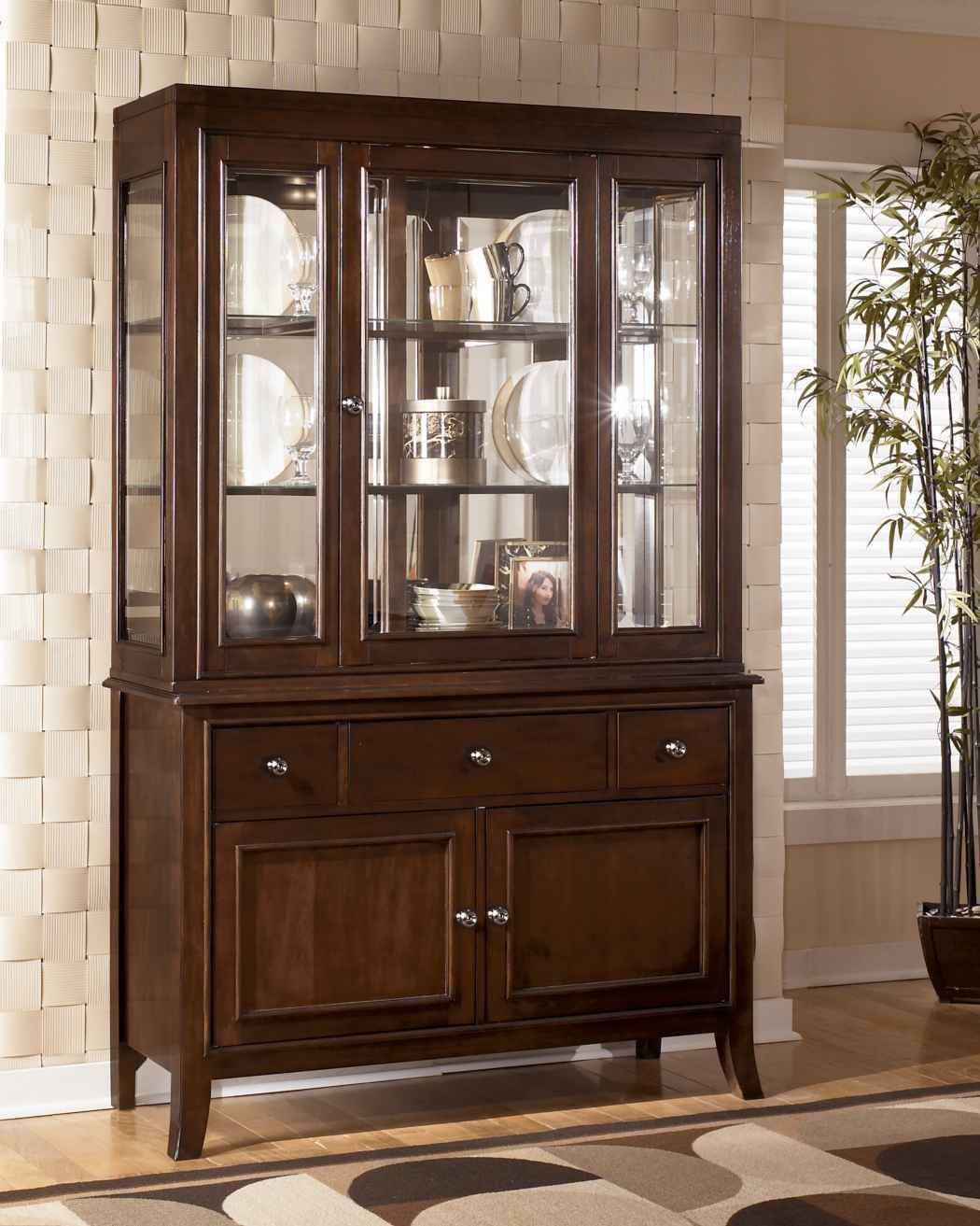




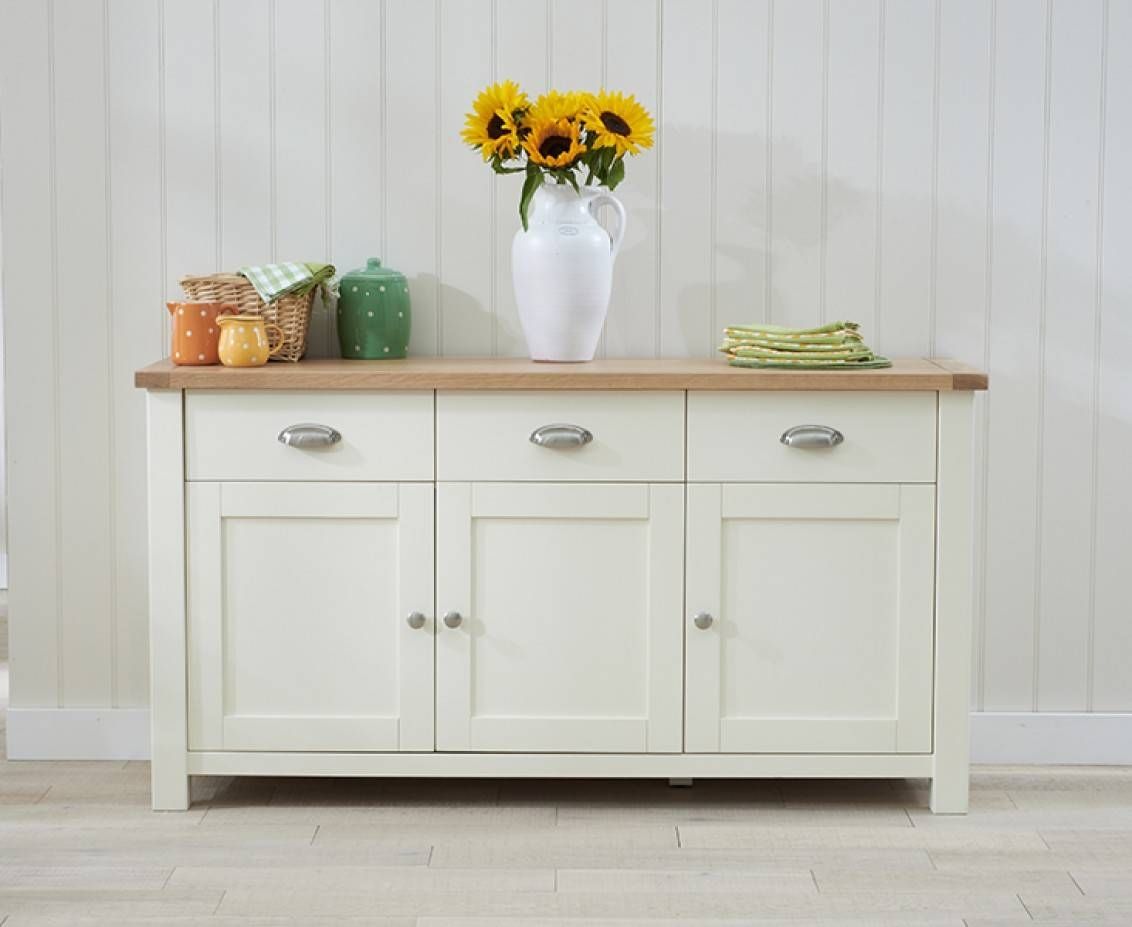
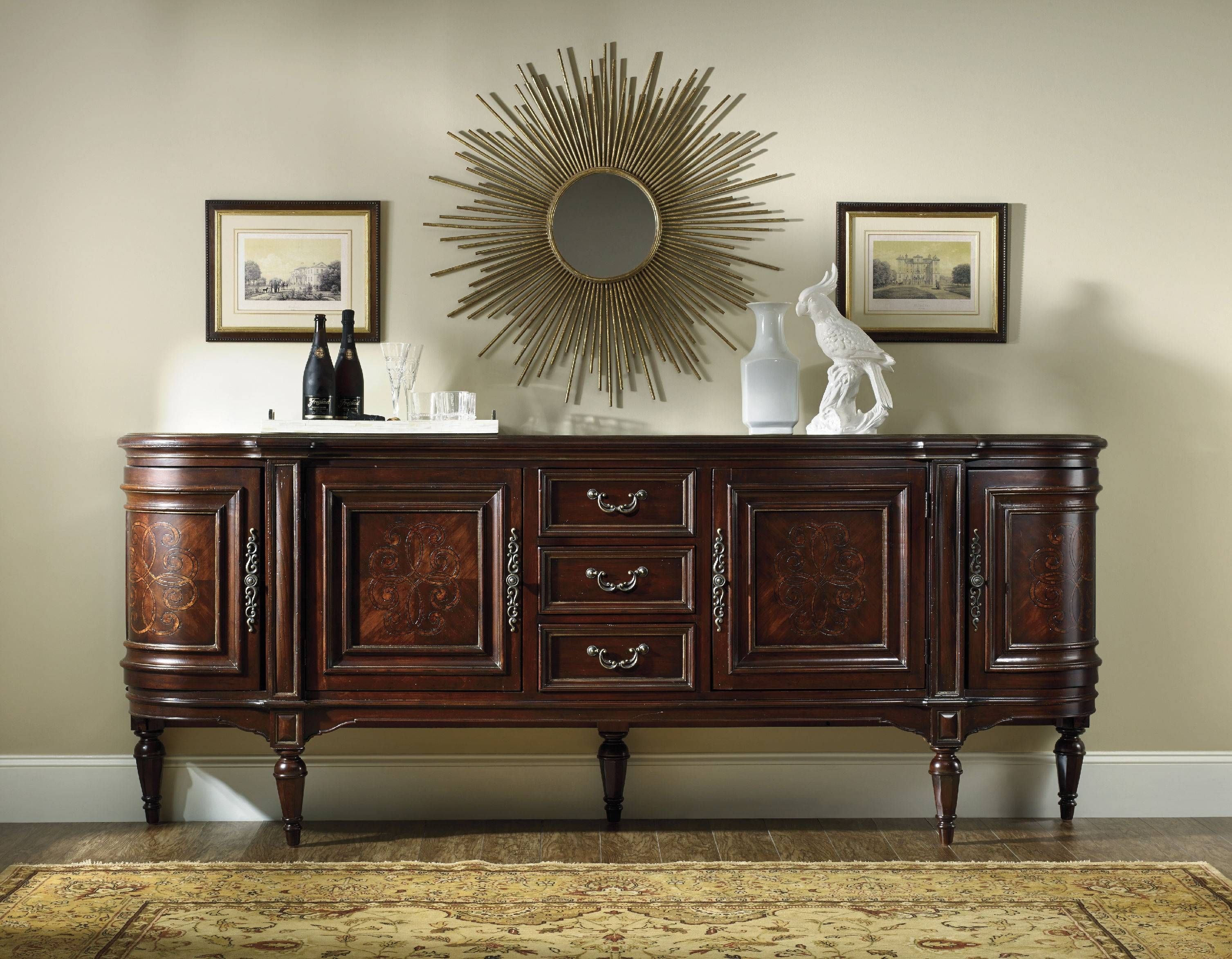
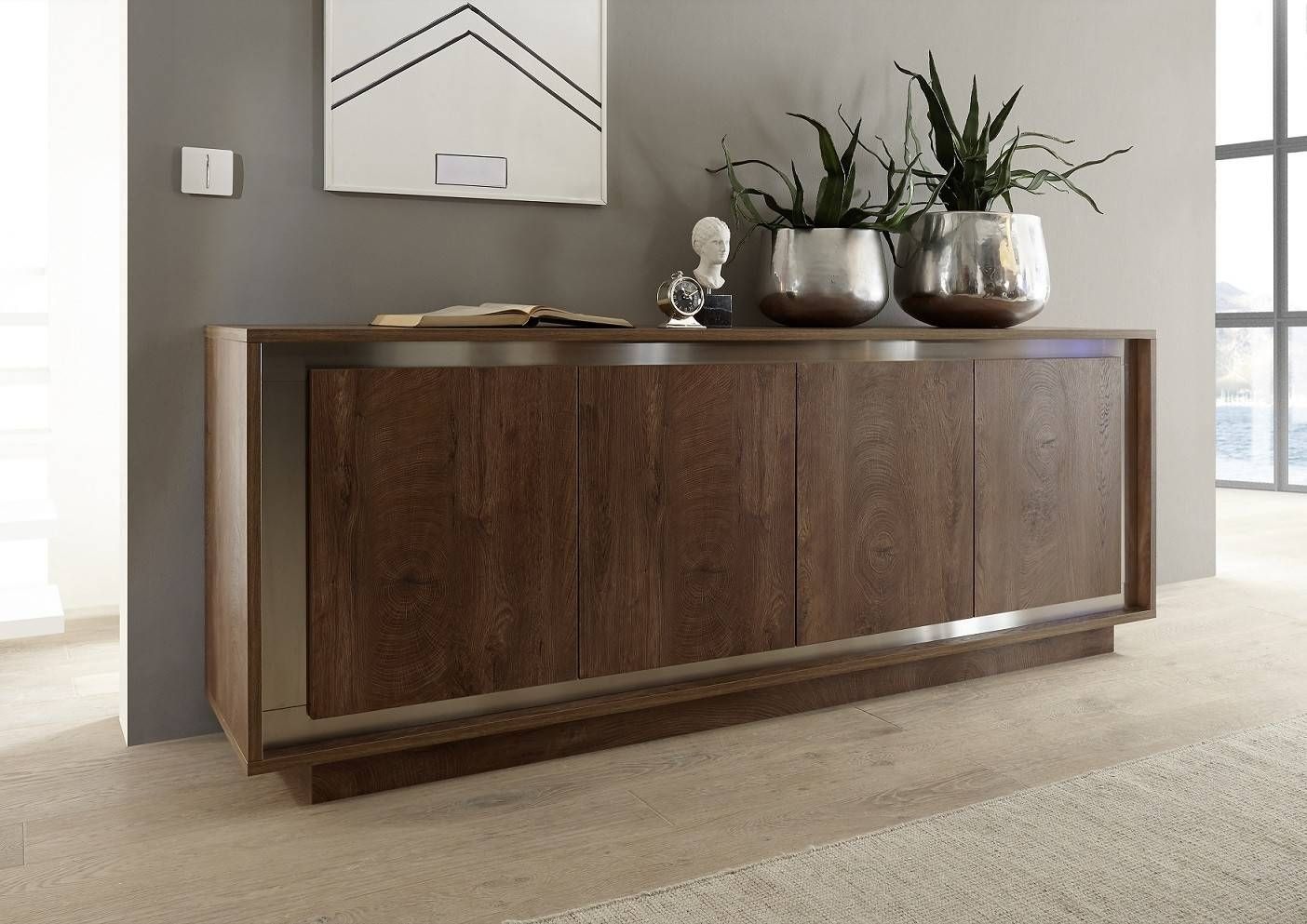

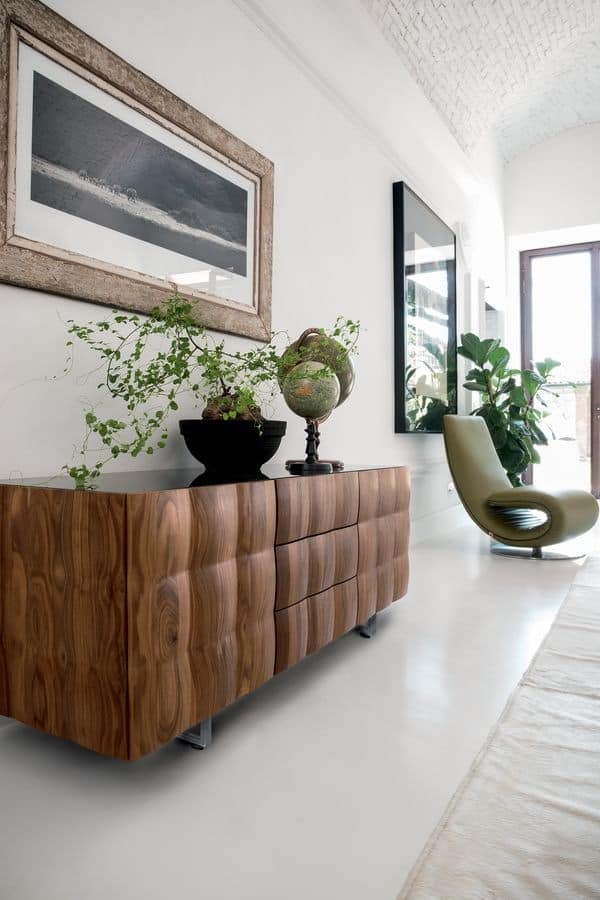
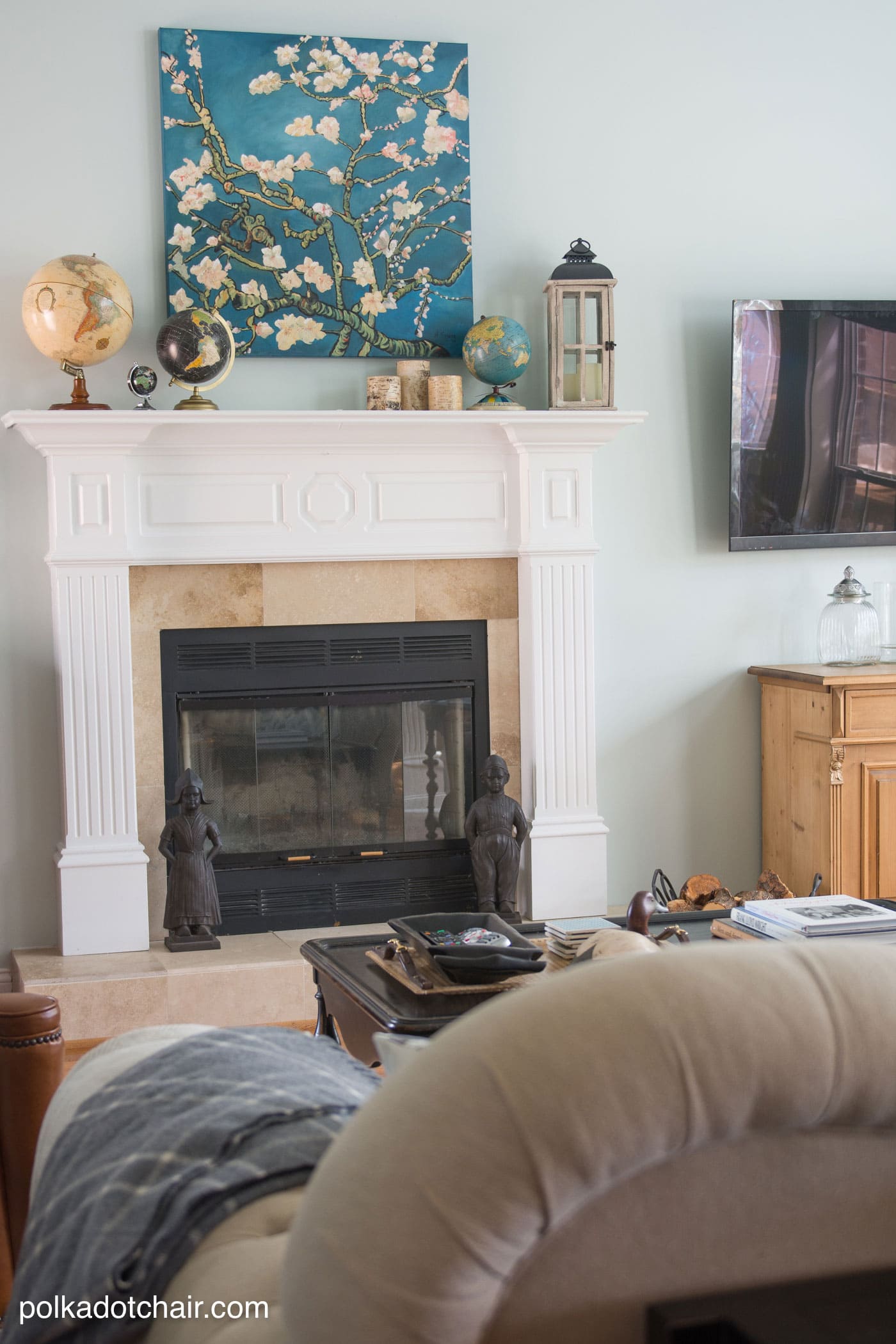















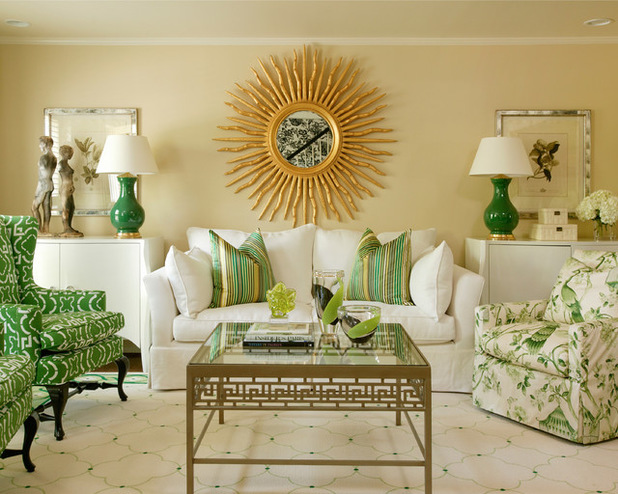


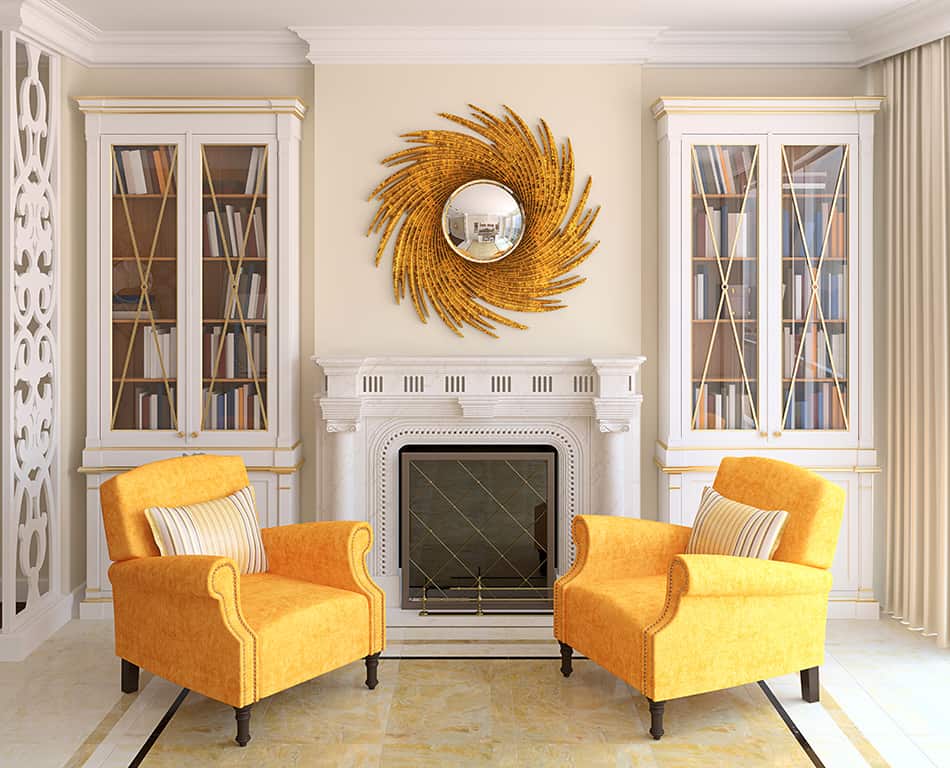

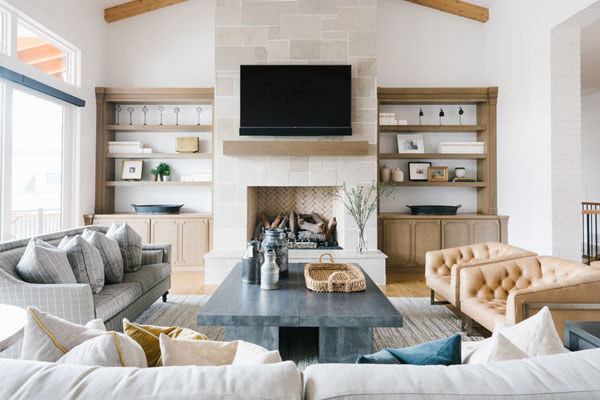
:max_bytes(150000):strip_icc()/3-Scheer-Co.-Interior-Design-bungalow-58bdc96c5f9b58af5c23b3a6.jpg)


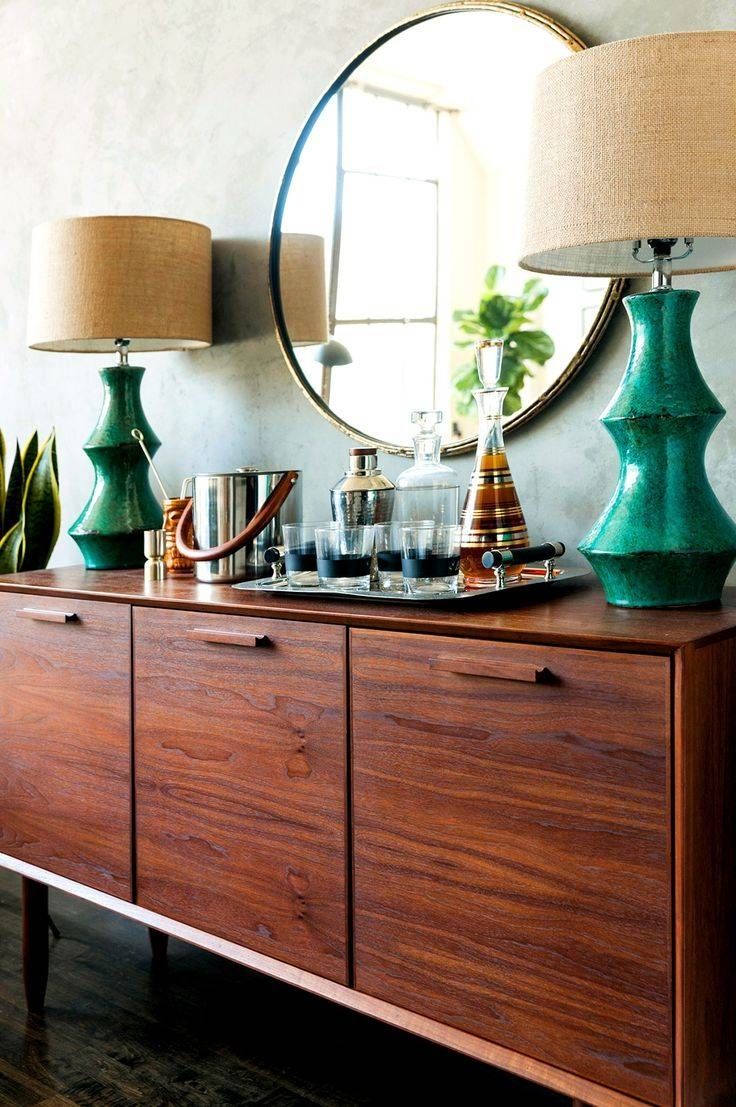



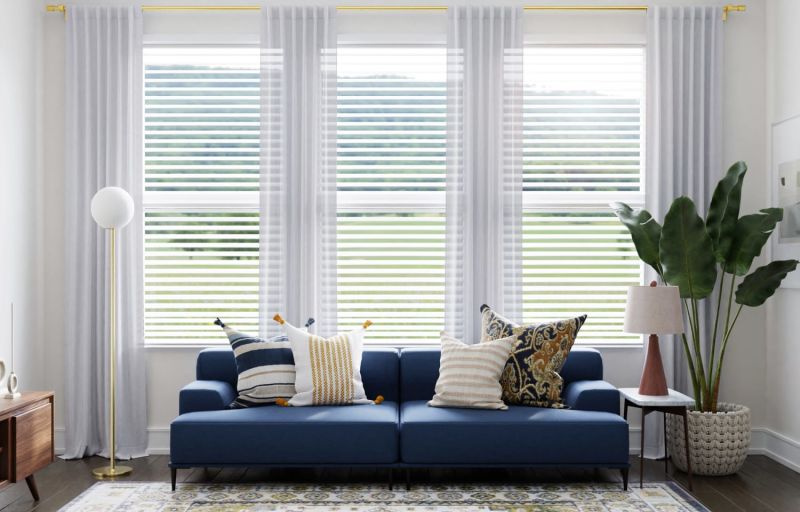
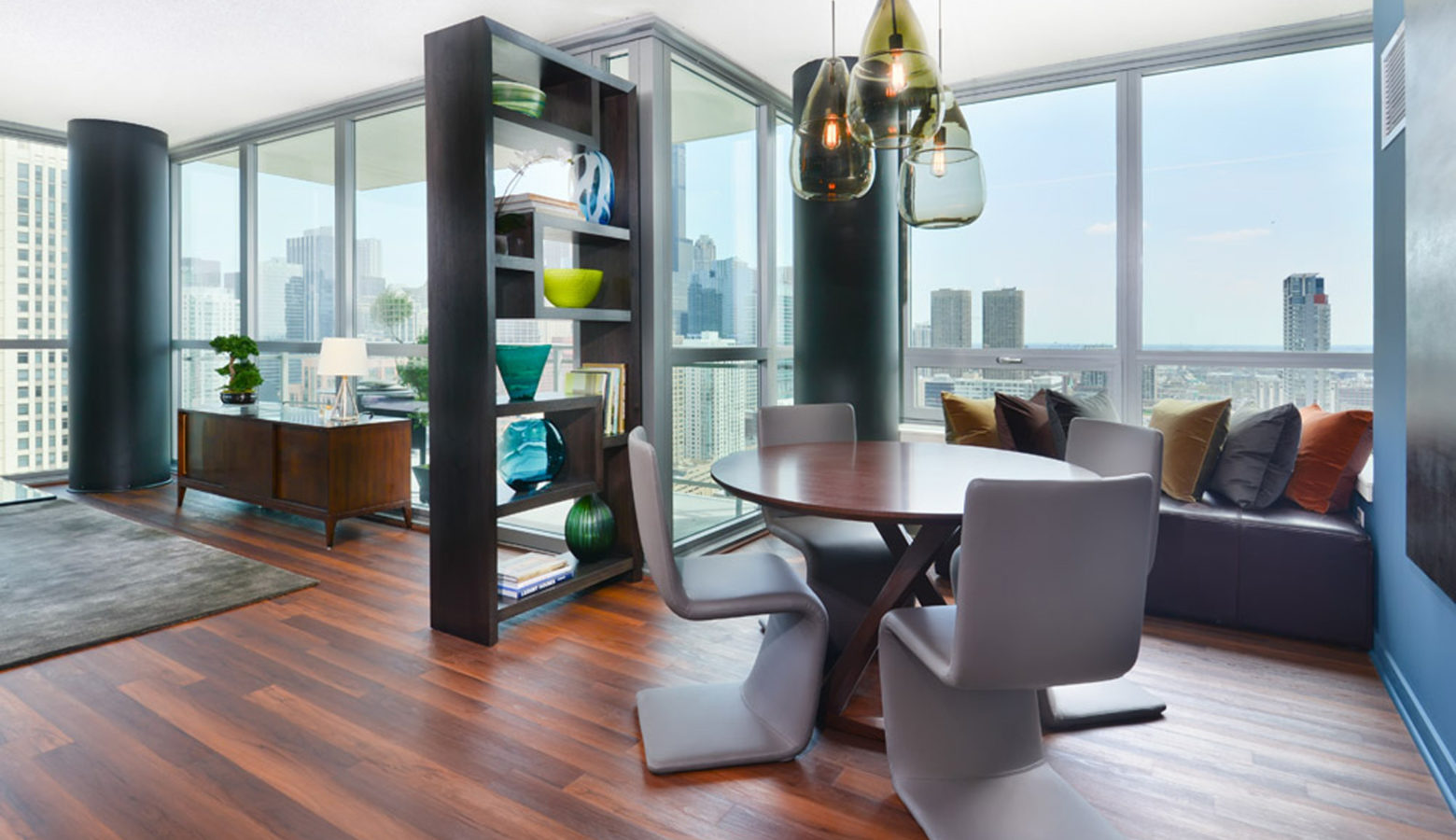

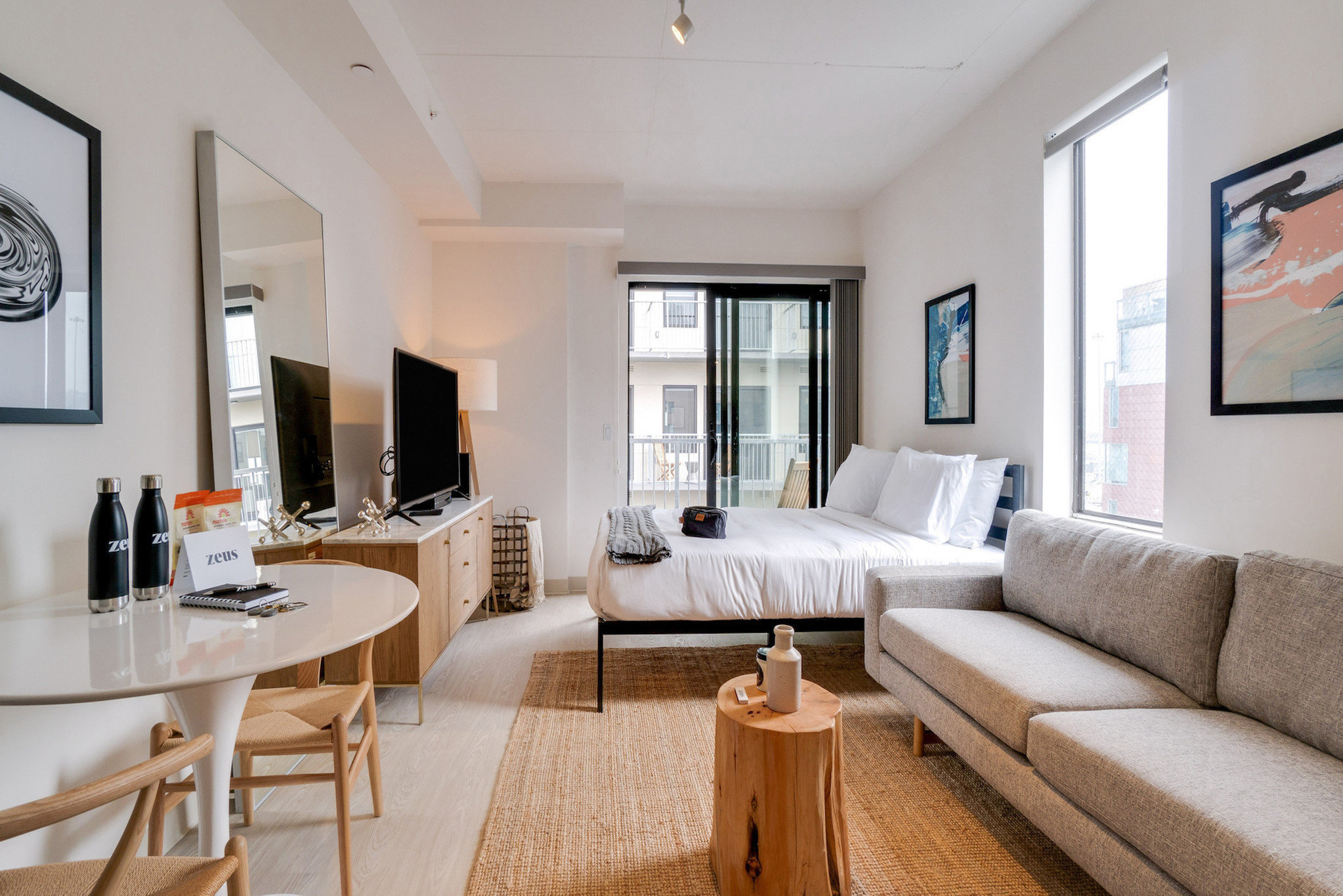








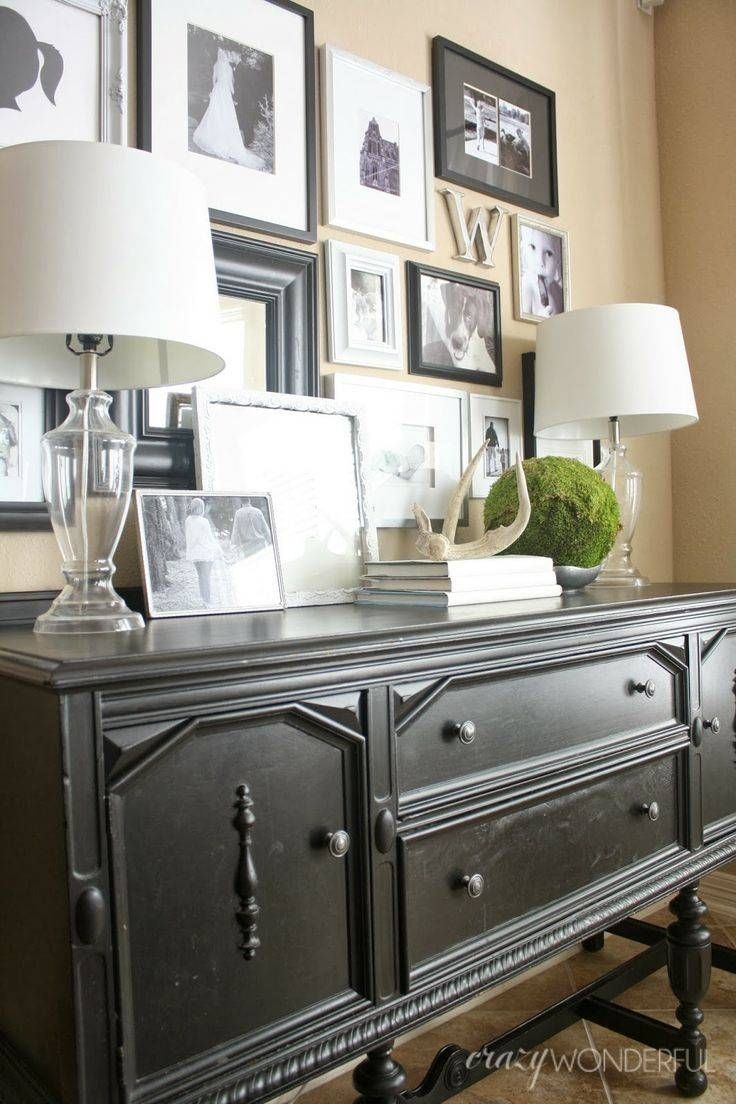





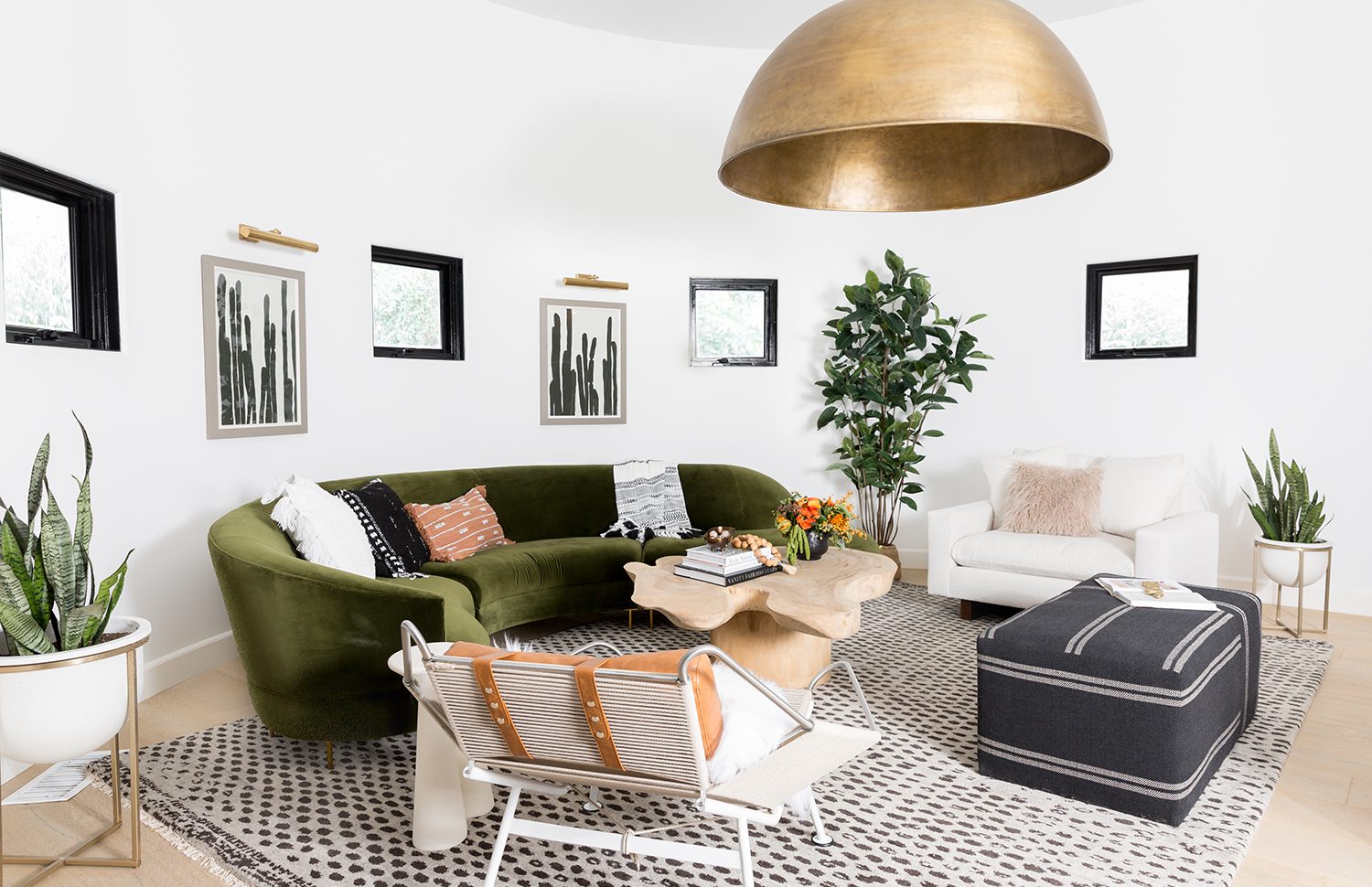




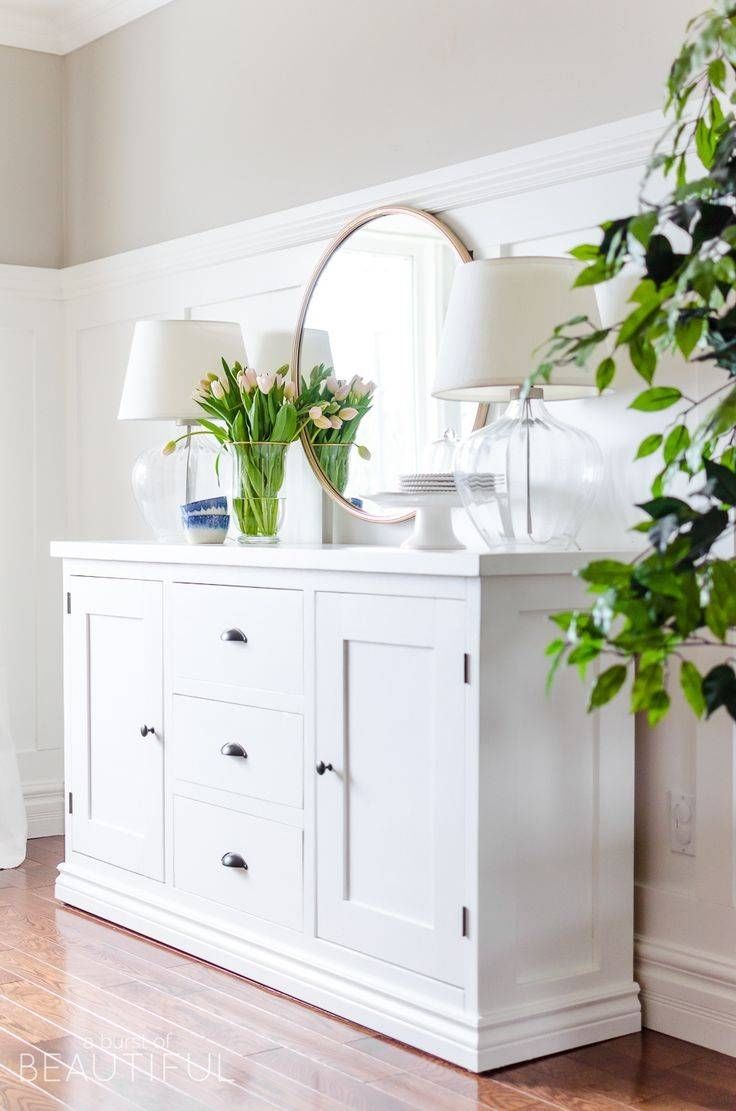


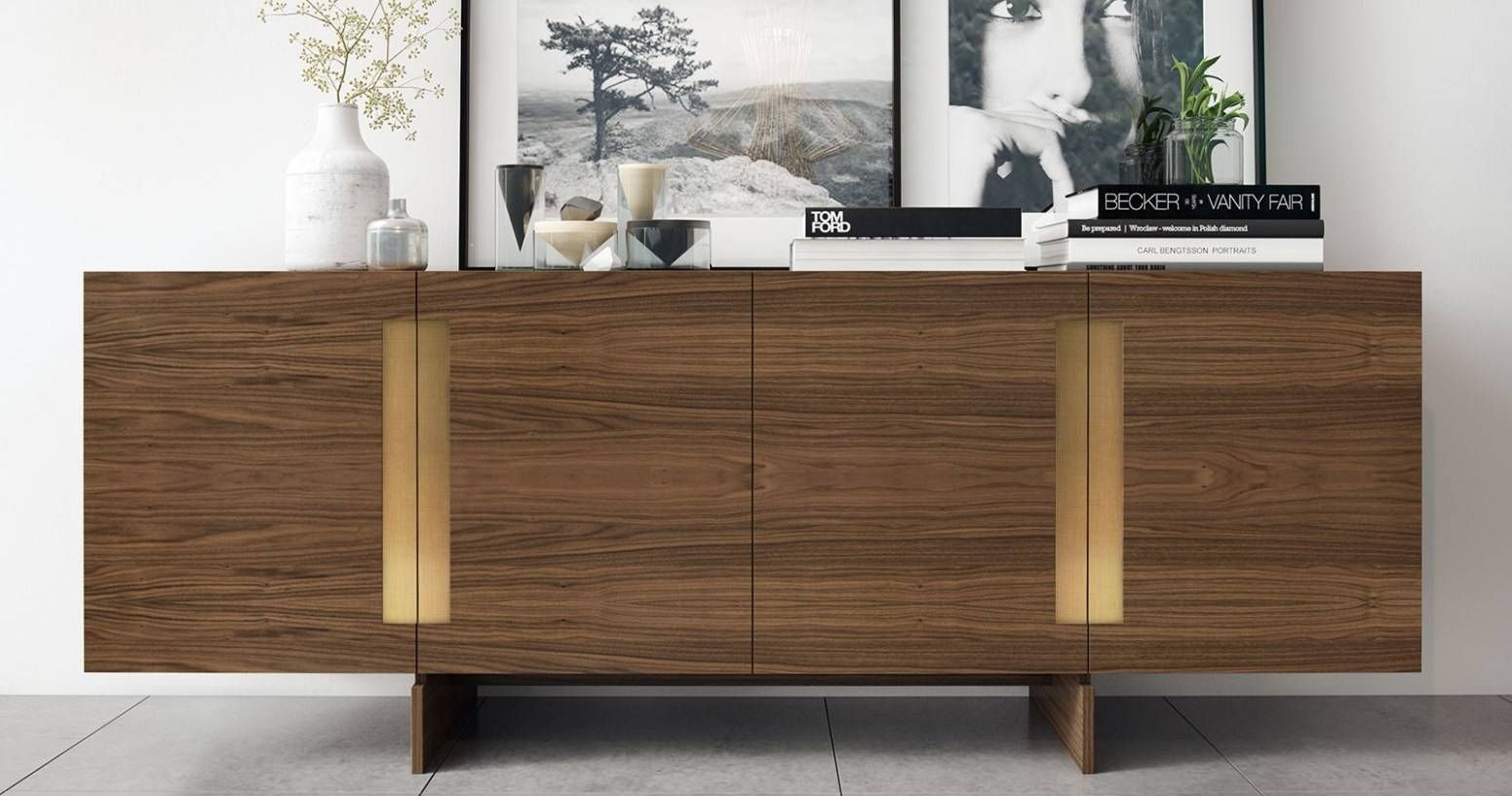
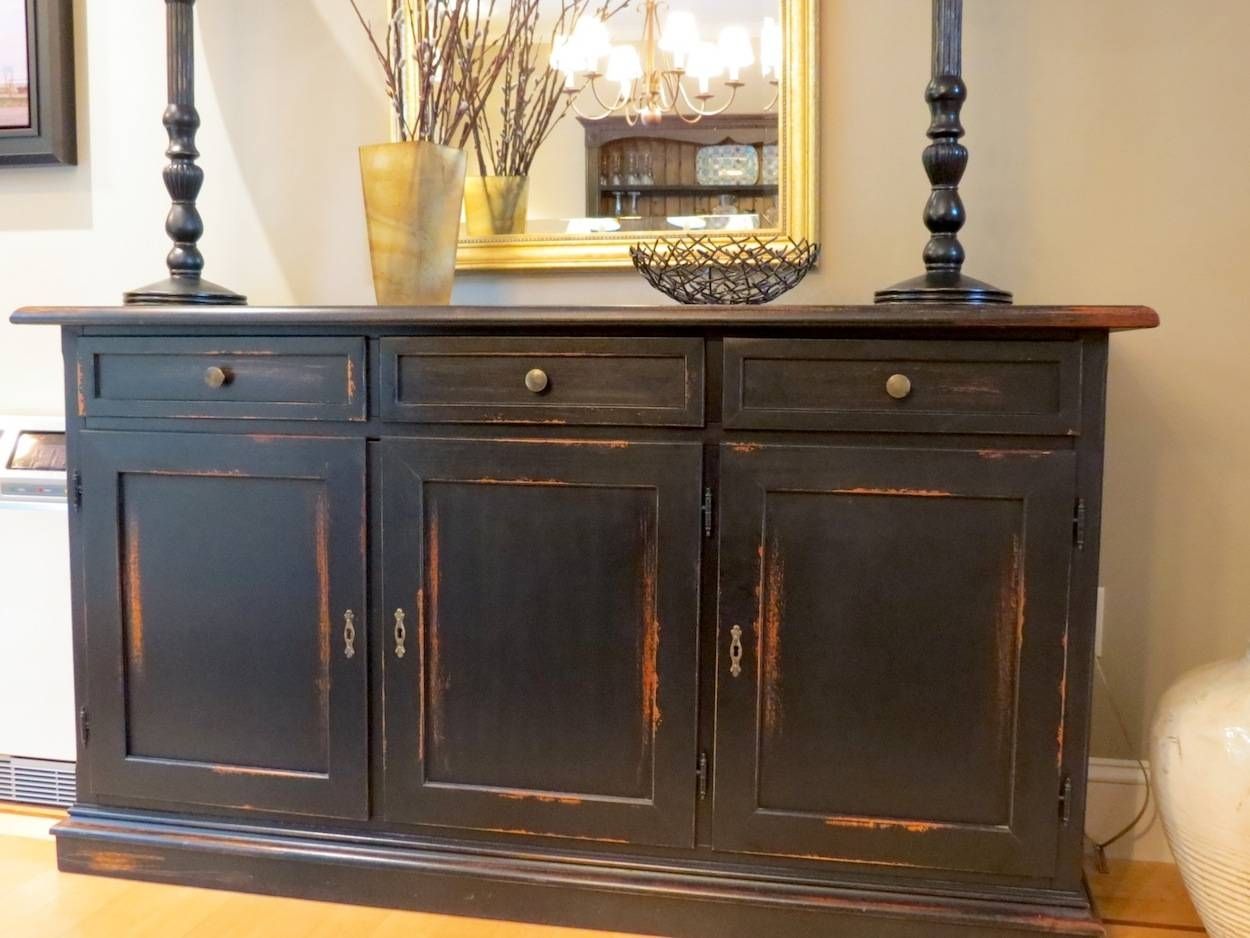

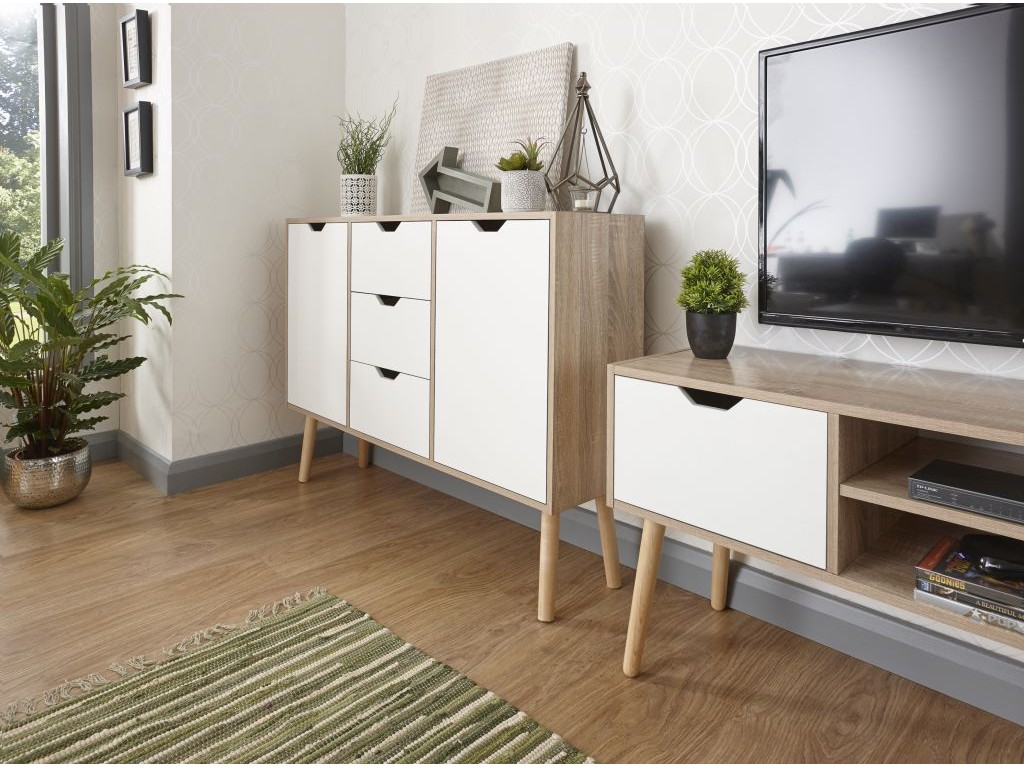
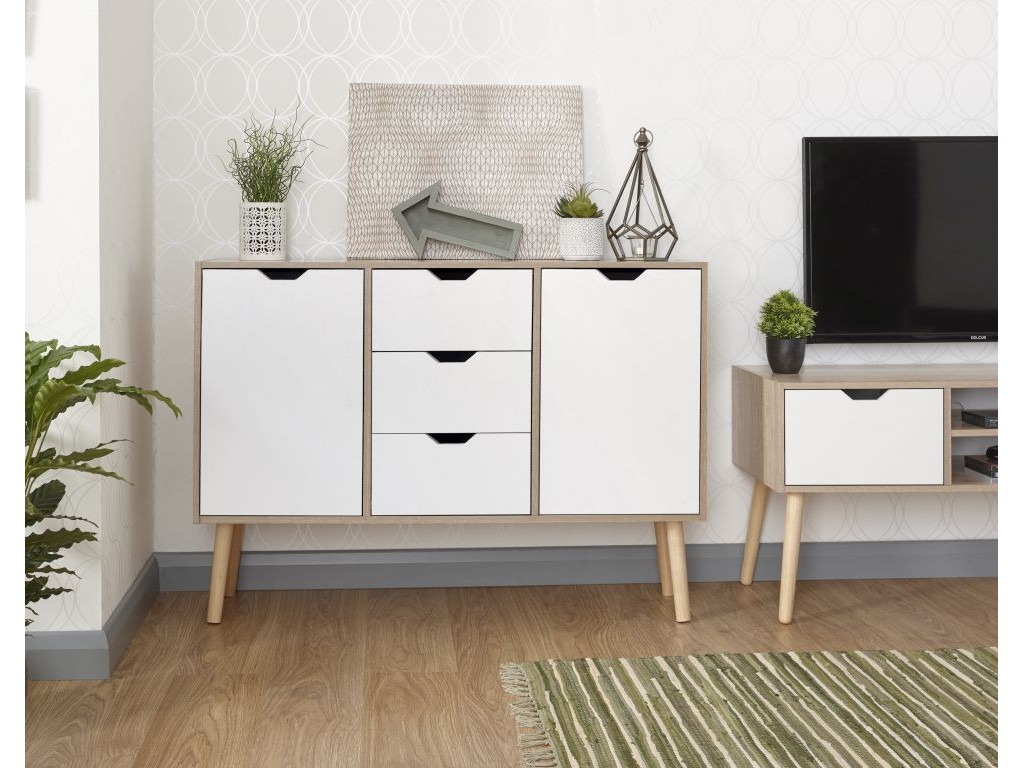
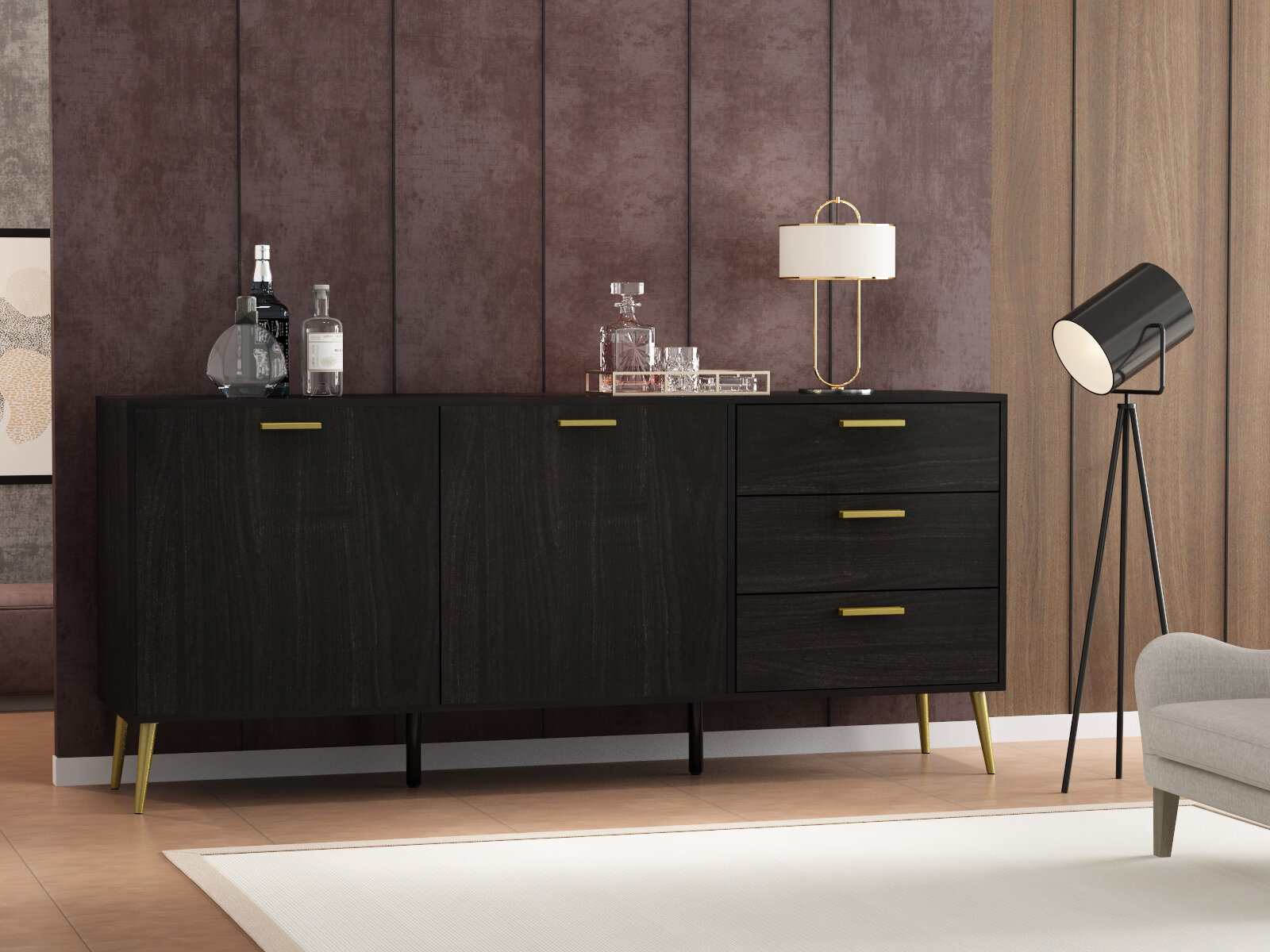
/open-concept-living-area-with-exposed-beams-9600401a-2e9324df72e842b19febe7bba64a6567.jpg)







